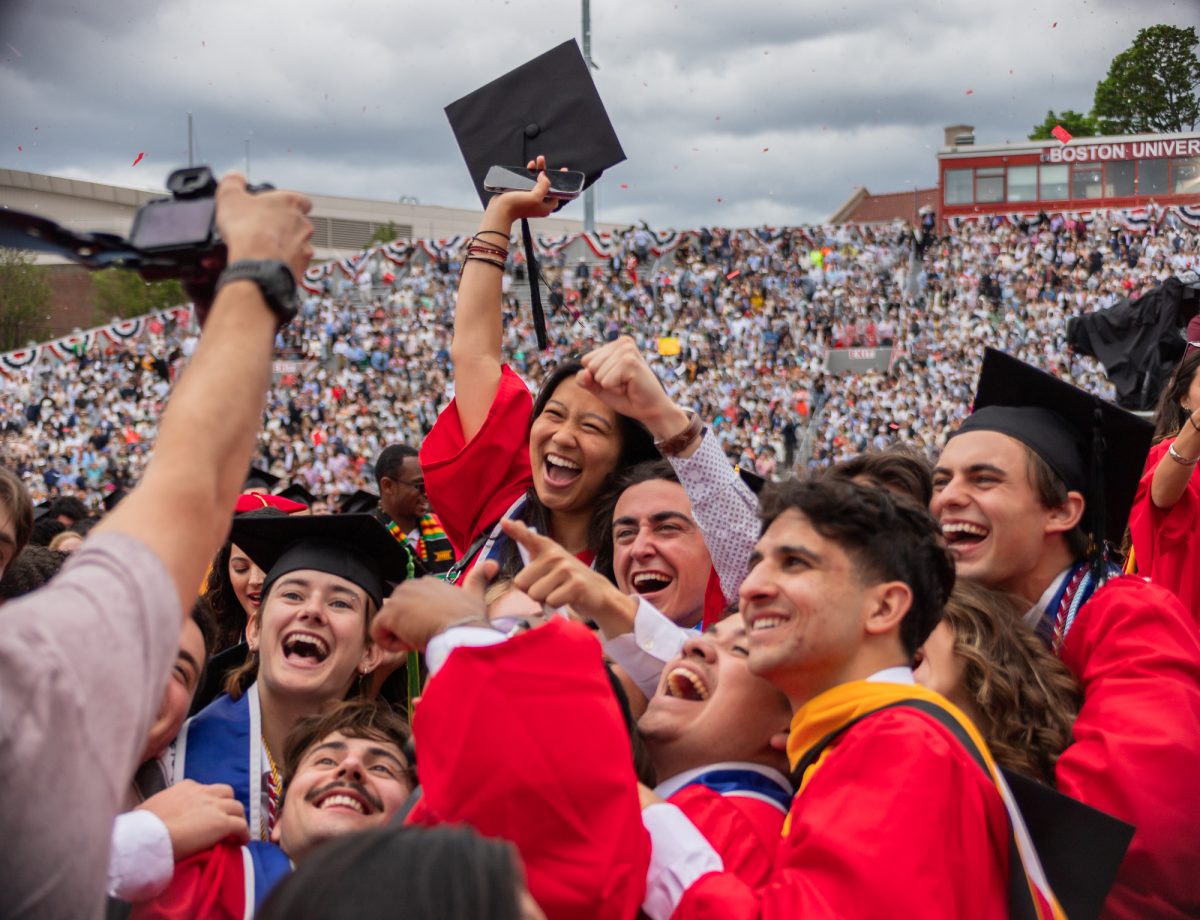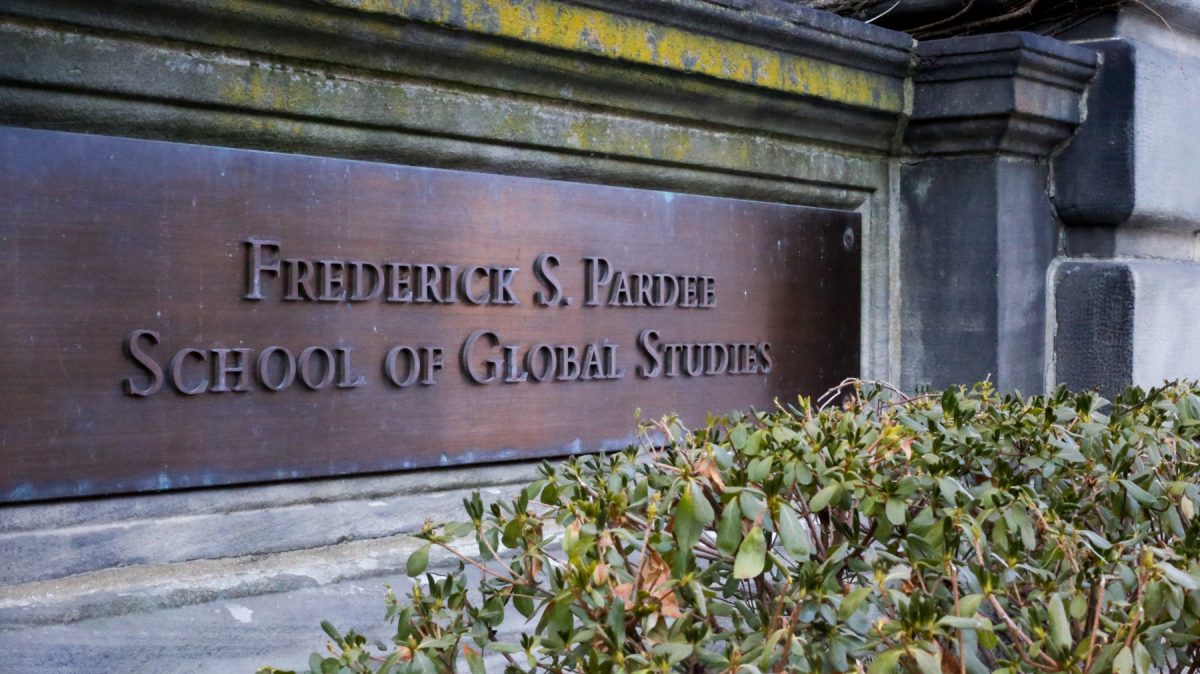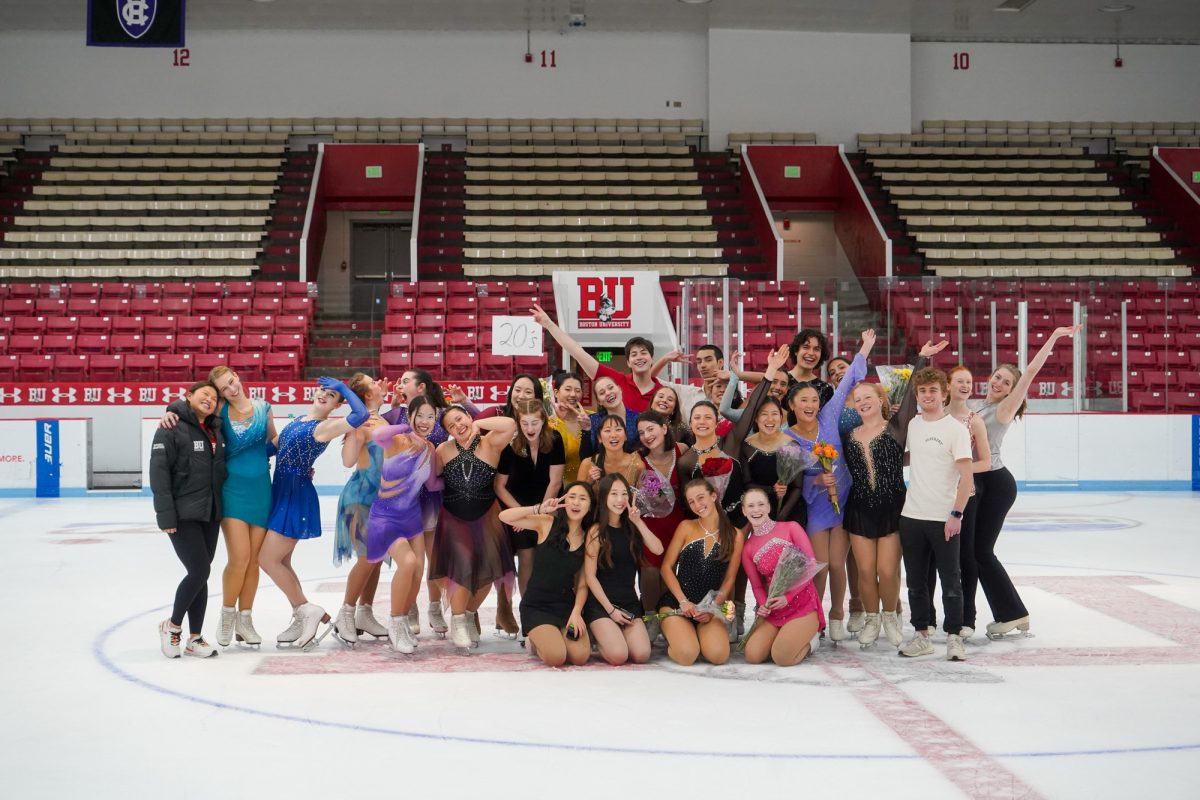From placing automobiles atop its distinguishing dome to altering the school’s website to declare Disney had purchased the university, Massachusetts Institute of Technology’s time-honored tradition of perfectly engineered pranks may be in jeopardy.
The pranks, known as “hacks” around the MIT community, date back decades. In the most recent gag, MIT students redecorated Harvard University’s John P. Harvard statue as the main character from the video game Halo 3, documenting the high jinks on the website hacks.MIT.edu, a boasting of hacks past.
In an email to all MIT students Monday, university chancellor Phillip Clay acknowledged the MIT tradition but stressed the importance of safe, responsible and lawful hacking.
“Times have changed,” Clay wrote in the email. “We cannot deny the fact that what was tolerated in the past . . . is now viewed differently.”
Last year, three MIT students were arrested for breaking into the school’s Faculty Club, an offense typically treated with little more than a slap on the wrist in earlier years. The incident prompted the administration to meet with students, faculty and alumni to develop guidelines for a “hacking code of conduct,” which will be released this week.
“The new guidelines won’t come as a surprise to anybody,” said Daniel Kamalic, an MIT alum and historian for the hacking website. “It has always been a part of MIT culture to follow a code of ethics, like being careful not to break anything and leaving instructions on how to take the hack down safely.”
The tradition is important to learning because it applies the skills and ingenuity students learn in the classroom in a lighthearted way, Kamalic said.
“The hackers’ goal is always to make people smile, and make them wonder how this could be done,” he said. “In more practical terms, the students are applying the theoretical knowledge they learn in class to an engineering problem. Students joke about the practice of hacking as a secret, separate course that’s not part of MIT classes.”
Notable hacks of yesteryear include placing a replica of a campus police cruiser, complete with flashing lights and a dummy police officer, on the Great Dome and transforming a study lobby into a cathedral with stained-glass windows.
The entertaining hacks play a pivotal role by uniting the community and giving students something to look forward to, said MIT sophomore Ainsley Braun.
“Not many people at MIT have normal social lives, so why not spend the amount of time one does have with friends tooling over a few pieces of wood to make something awesome for an entire campus or community to enjoy?” she said.
Some Harvard students said they are not amused by pranks reaching their campus, however.
“It is essentially an act of vandalizing,” said Harvard College senior Ren Xiaojun. “MIT students just want to show off how clever they are.”




















































































































